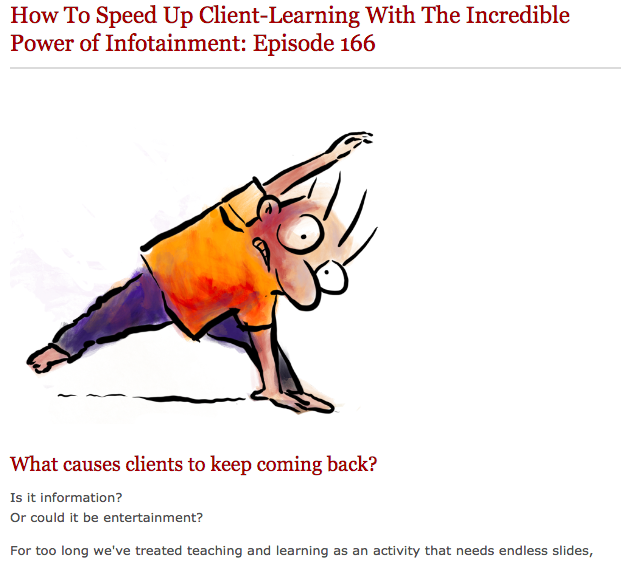A few days ago, I got an email from Kieran Drew with the subject line, “Feedback.”
As you might know, Kieran is a bit of a star in the creative entrepreneur space. He has something like 187k followers on Twitter. He also has a big and growing email newsletter, with over 25k readers.
This past May, Kieran launched his writing course, High Impact Writing. He sold $140k worth of it in five days.
Then in September, Kieran relaunched his writing course… and made over $180k from it.
Clearly, the guy knows a thing or two about online businesses, course creation, and keeping audiences engaged.
And with that preamble, let me now share a paragraph from that email Kieran sent me. He wrote:
===
I sat with MVE last night and (I don’t say this lightly), it’s one of my favourite courses. Maybe because it’s written, and super relevant to me, but I haven’t enjoyed something like that since Andre chaperon auto responder.
===
An early chapter from the Saga of Bejako:
The reason I got into online marketing and then copywriting was that a long time ago, I saw marketer Hollis Carter stand up on stage at Mindvalley and talk about his business, which was publishing books for people on Kindle.
In the middle of his talk, Hollis said as a throwaway how his goal is to get book readers onto an email list, and then give them the “Soap Opera Sequence” from Autoresponder Madness by Andre Chaperon.
I took note of that.
So Andre Chaperon’s Autoresponder Sequence became the first copywriting course I ever went through.
And a “7-part Soap Opera Sequence” became the first copywriting service I ever offered the world, back in 2015, on Fiverr, for $5. (I charge even more now.)
Anyways, it’s gratifying to hear my Most Valuable Email course being compared to Andre’s course. But it’s much more gratifying to have people like Kieran going through MVE multiple times, and getting real value from it.
But about that:
Most Valuable Email is not for everyone.
You need to 1) have an email list and be willing to write to it regularly and 2) write about marketing and copywriting topics, because the Most Valuable Email trick will not work in all markets and niches.
But if you fit those two criteria, and you want to see what’s so enjoyable about MVE as a course and about the results it creates, then take a look here:



